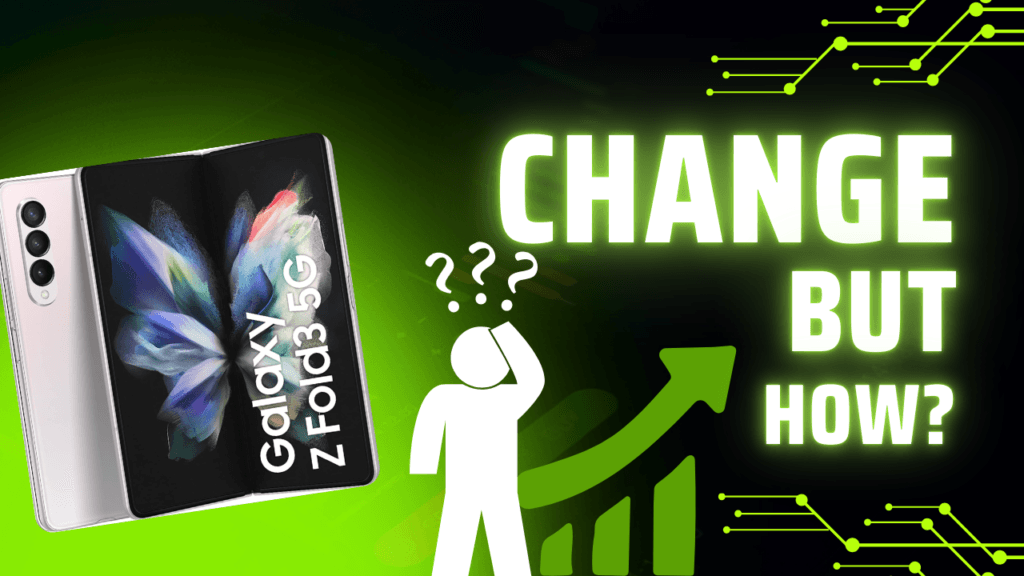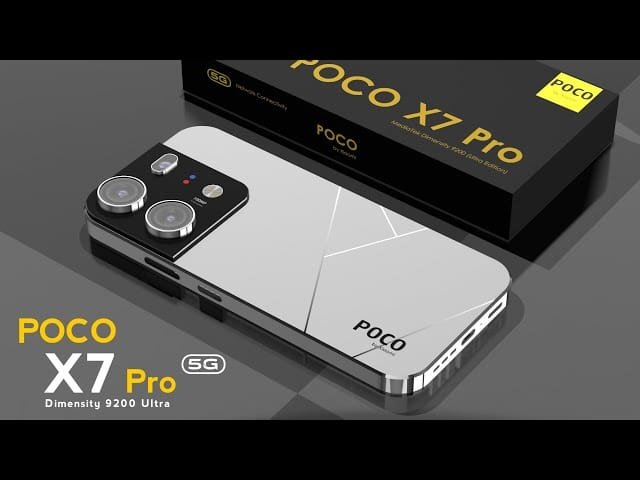The smartphone industry constantly evolves, pushing boundaries in both functionality and design. Among its most innovative transformations is the advent of foldable phones, redefining how we interact with mobile devices and inspiring new trends in design and usage. In this article, we’ll explore how foldable phones came to be, the pioneers behind this revolution, why they’re popular, and the latest releases that showcase the technology’s evolution.

The Origins of Foldable Phones: From Concept to Reality
The concept of foldable screens traces back to science fiction and early tech experiments. However, Samsung catalyzed the movement when it unveiled its Galaxy Fold in 2019. Using cutting-edge flexible OLED technology, foldable displays became more than just a futuristic dream.
The groundwork was laid by companies such as Royole Corporation, which introduced the world’s first foldable phone, the Royole FlexPai, in late 2018. While it lacked polish, it demonstrated the potential for folding technology.
Key Technologies Behind Foldables
Foldable phones rely on several innovations:
- Flexible OLED Displays: The backbone of foldable devices, offering durability and vibrant visuals even when bent.
- Advanced Hinge Mechanisms: Essential for seamless folding and durability, integrating materials like liquid metal and carbon fiber for smooth operation.
- Ultra-Thin Glass (UTG): Enhances screen resilience without sacrificing flexibility.
Why Foldable Phones Are Popular
Foldable devices address a crucial user demand: multitasking without compromising portability. Here’s why they’ve captured attention:
- Compact Yet Spacious: Foldable phones offer tablet-like displays in pocket-sized form.
- Innovative Design: Aesthetic appeal and futuristic designs make them status symbols.
- Improved Multitasking: Split-screen functionalities enable productivity on the go.
- Gaming and Entertainment: Larger displays enhance gaming, streaming, and creative work.
As foldable phones mature, their prices are gradually becoming more competitive, broadening their appeal.
A Dive into the Latest Foldable phone Devices
Leading manufacturers have embraced foldable technology, and 2024 has seen groundbreaking releases. Here are some key players and their flagship models:
1. Samsung Galaxy Z Fold 5 and Flip 5

Samsung dominates the foldable market with the Galaxy Z Fold 5 and Galaxy Z Flip 5:
- Z Fold 5: Features a 7.6-inch main display, Snapdragon 8 Gen 2 processor, and S Pen support, perfect for professionals.
- Z Flip 5: Compact and stylish, offering a 3.4-inch cover display and customizable Flex Mode for hands-free functionality.
2. Huawei Mate X3 and Mate X5
Huawei’s focus on sleek designs and superior displays is evident in its Mate X3:
- Specifications: 7.85-inch main screen, ultralight build, and satellite communication features.
- Unique Features: Includes advanced water resistance and an innovative tri-fold hinge.
3. Huawei Mate X5 Tri-Fold

A recent addition to Huawei’s lineup, the Mate X5 Tri-Fold pushes boundaries:
- Three Display Modes: Expands into a tablet-like experience or folds down into a phone-sized device.
- Enhanced Durability: Incorporates scratch-resistant UTG.
4. Google Pixel Fold

Google’s entry into foldables, the Pixel Fold, brings:
- Compact Form Factor: Thinner build with a 5.8-inch cover screen and a 7.6-inch inner display.
- Software Integration: Optimized Android experience for foldables.
5. Motorola Razr+

Motorola combines nostalgia with innovation in its Razr+:
- Outer Screen: A large 3.6-inch quick-view screen lets users handle notifications without unfolding the device.
- Focus on Style: Slim design catering to trend-conscious users.
Performance and Specifications Across Brands
Foldable phones today are no longer mere novelties; they compete with flagship phones in terms of performance:
- Processing Power: Devices like the Z Fold 5 and Pixel Fold use top-tier Snapdragon or Tensor chips.
- Battery Life: Innovations in battery tech ensure foldables last all day despite larger screens.
- Durability: Reinforced hinges and improved materials ensure longevity.
Impact on Mobile Usage and Design Trends
Foldable phones are shaping new norms in mobile usage:
- Design Flexibility: Dual-purpose designs mean phones adapt to specific needs—compact for portability, expansive for productivity.
- User Experience: Enhanced multitasking and immersive media consumption redefine convenience.
- Influence on App Development: Developers are optimizing apps for dual displays and multitasking capabilities, fueling ecosystem growth.
foldable phones Challenges and Future Prospects
While promising, foldable phones face hurdles:
- Durability Concerns: Despite advancements, hinges and screens remain sensitive.
- Cost: Premium pricing limits accessibility.
- Weight and Thickness: Engineers are working to make foldables lighter and slimmer.
Looking ahead, innovations like rollable displays and better hinge mechanisms will likely dominate. Major players, including Samsung, Huawei, Motorola, and Google, are investing heavily in these areas.
Conclusion
Foldable phones represent a bold leap in mobile technology, merging futuristic designs with practical applications. From multitasking on expansive screens to flaunting cutting-edge aesthetics, foldables redefine what smartphones can do. As technology advances and prices stabilize, foldable phones will likely become mainstream, reshaping mobile usage and design trends for years to come.




